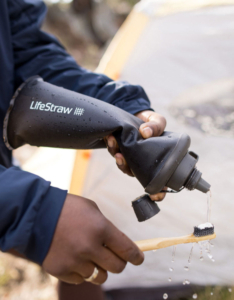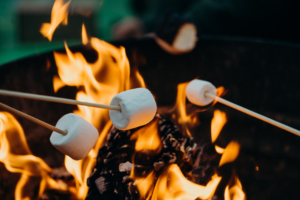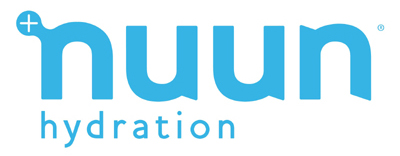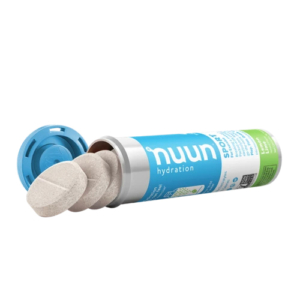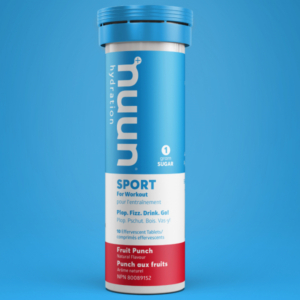When it comes to embarking on a backpacking adventure it takes careful consideration of the food you want to pack. The right choices can make the difference between an energized, enjoyable journey and one filled with fatigue and hunger pangs. To ensure a successful backpacking trip, select foods that are lightweight, compact, non-perishable, and packed with the nutrients your body needs for sustained physical activity, plus choose items that taste good to you! Today we’ll explore the top recommended foods for your next outdoor excursion.
1. Dehydrated or Freeze-Dried Meals
Dehydrated or freeze-dried meals are a backpacker’s best friend. They are lightweight, have a long shelf life, and come in a variety of flavors. The beauty of these meals is that all you need is boiling water to rehydrate them, making them a quick and convenient option for breakfast, lunch, and dinner on the trail. The following are some great brands to consider:
2. Trail Mix
Trail mix is a classic choice for snacking on the go. This blend of nuts, seeds, dried fruits, and sometimes a touch of chocolate provides a quick energy boost. It’s a high source of healthy fats, protein, and carbohydrates, making it ideal for refueling during your hike. You can hit up your local Bulk Barn or grocery store create your own, or try some pre-made blends!
Here is a super simple list of ingredients to mix and voila, trailmix!
- 1 cup of unsalted (or salted if you prefer) nuts (e.g., almonds, cashews, or peanuts)
- 1 cup of dried fruits (e.g., raisins, cranberries, or apricots)
- 1 cup of whole-grain cereal (e.g., Cheerios, pretzels or Shreddies)
- 1/2 cup of chocolate chips, M&M’s or treat of preference (optional for a touch of sweetness)
3. Energy Bars
Energy bars come in a compact form and are densely packed with nutrients. Look for options that offer a balanced mix of carbohydrates, protein, and fats to keep your energy levels steady throughout the day. Pro Bars & Thrive are some great brands! Or Clif Bars, granola bars, Good to Go bars – there are many many choices!
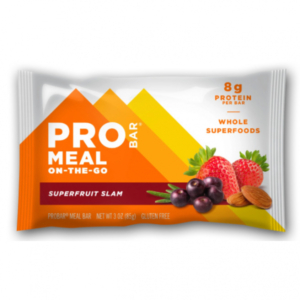

4. Instant Oatmeal
For a warm and filling breakfast option, pack individual packets of instant oatmeal. Just add hot water, and you have a nutritious and easy-to-prepare meal to kickstart your day. Oatmeal is also a compact and light item for your pack.
5. Nut Butter
Single-serve packets of peanut butter or almond butter are a calorie-dense and protein-rich snack. They provide a quick energy boost and are a satisfying addition to crackers or tortillas. Check out these delicious Trail Butter options!
6. Jerky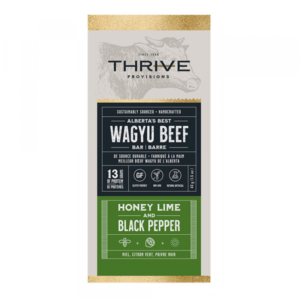
Beef, turkey, or other types of jerky are lightweight and require no refrigeration. Jerky is a concentrated source of protein, which is essential for muscle repair and sustained energy during physical activities like hiking. Protein helps keep you feeling full. Plus, it offers many flavors, and it is easy to share! Also check out these cool beef protein bars by Thrive for another tasty option.
7. Cheeses
Note from my home: My husband said I must add cheese to the list. He was introduced to Enercheez this year, and he absolutely loves it! Definitely a very tasty, light, nutritious option to add to your pack.
8. Instant Soup or Broth
In cold weather or when you crave a comforting meal, consider packing instant soup or broth packets. These provide warmth and hydration, making them an excellent choice for chilly evenings in the wilderness.
Conclusion:
The BIG question is now, why are these top food choices?? Simply put, they are:
- Nutrient/Calorie dense
- Lightweight and portable
- Easy and convenient (requires minimal preparation)
- Offers alot of variety
- TASTES excellent
In addition to these food choices, don’t forget to pack essential cooking equipment, such as a compact stove, cookware, utensils, and water purification methods to ensure you can prepare your meals and stay hydrated while backpacking. Always be mindful of any dietary restrictions or food allergies, and select foods that align with your nutritional needs and personal preferences. With a well-thought-out food plan, you’ll be well-prepared for a successful and enjoyable backpacking adventure. Happy hiking!


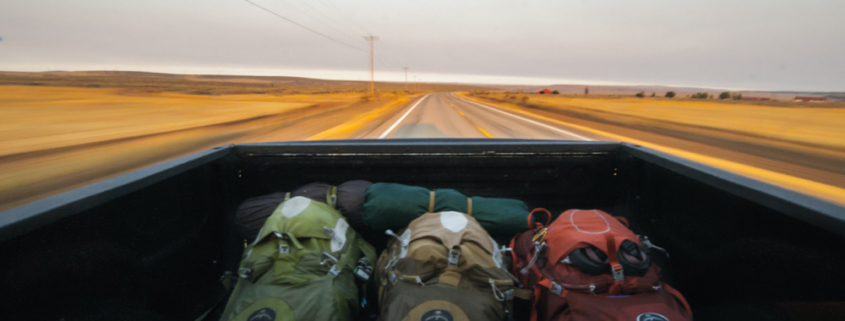

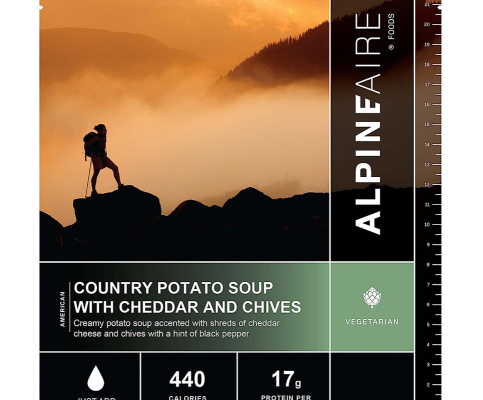
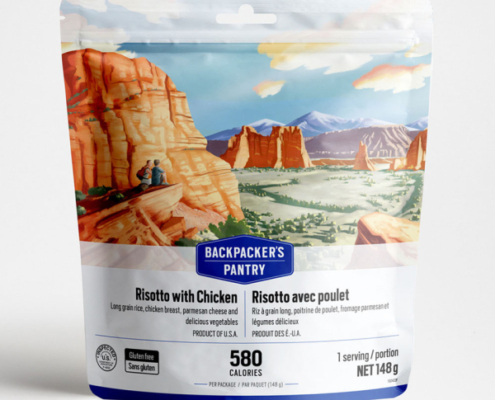

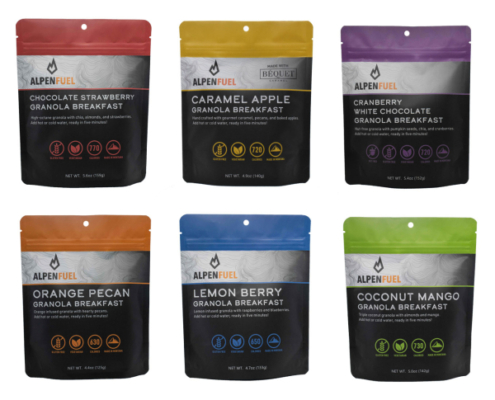
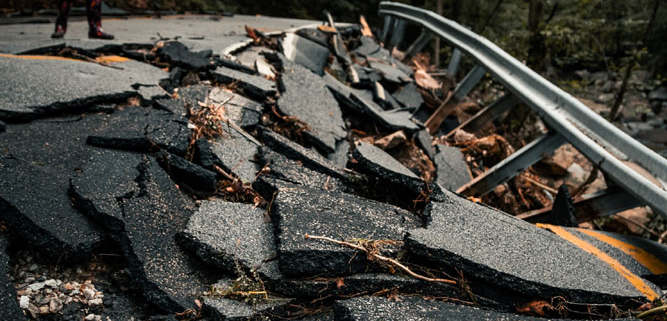

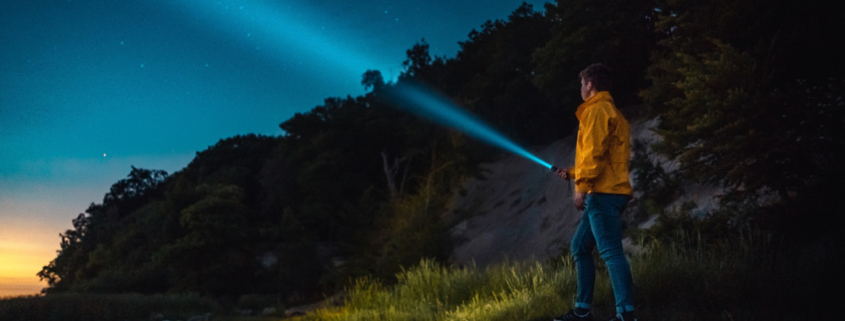


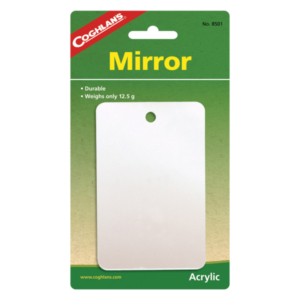
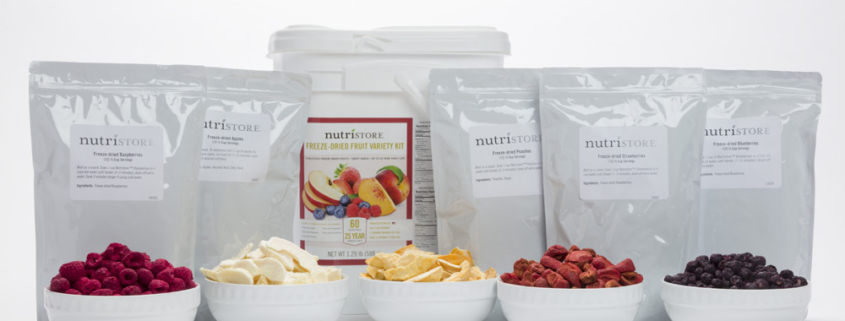
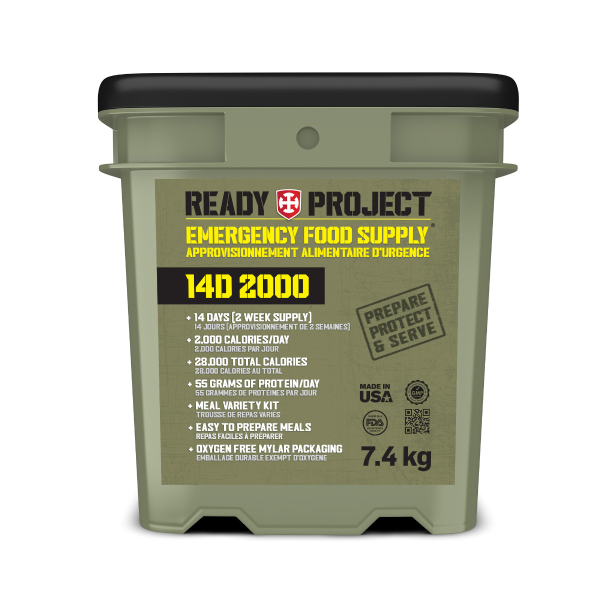
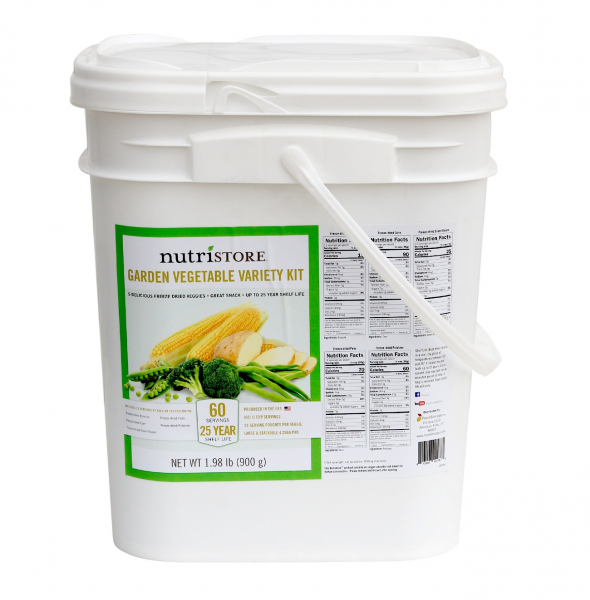
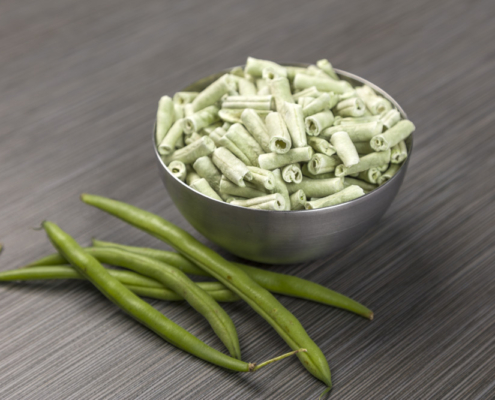
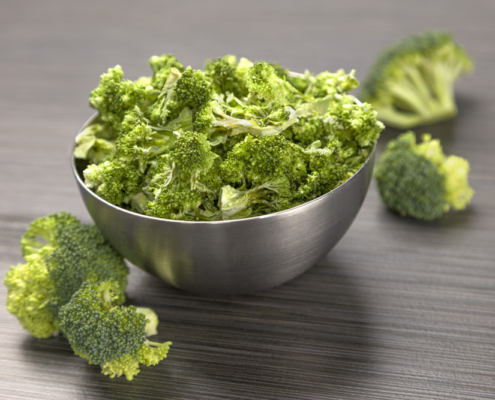
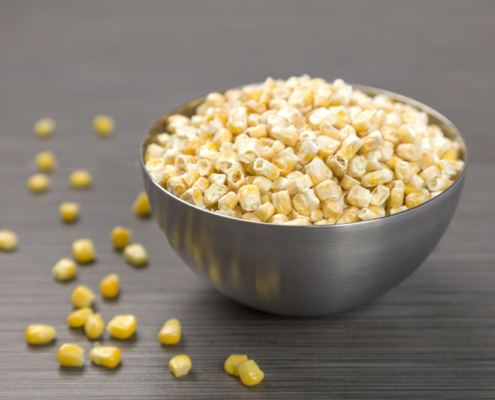

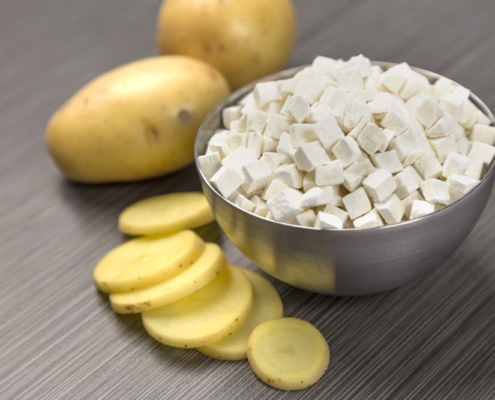
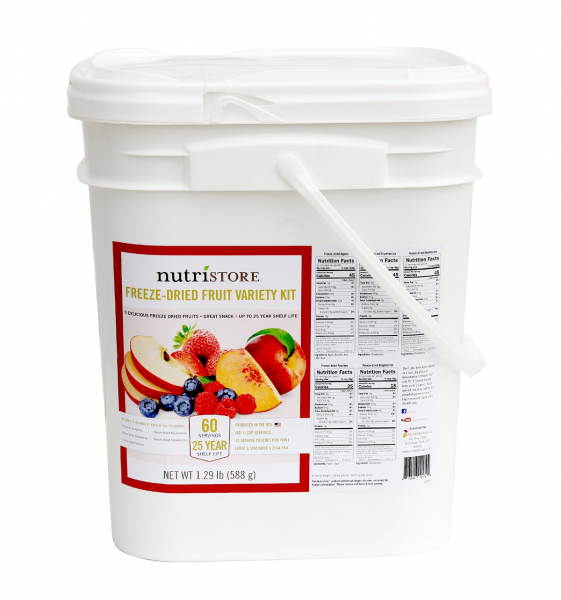
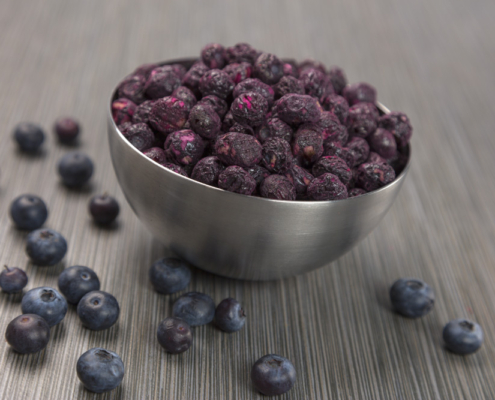
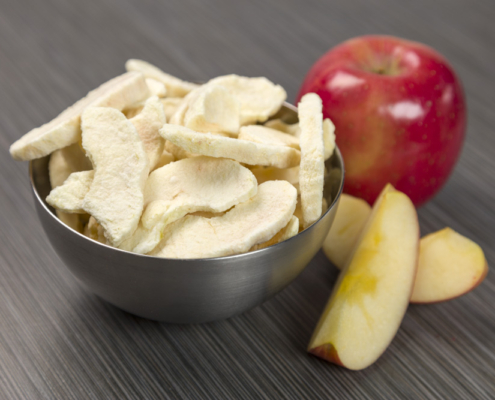
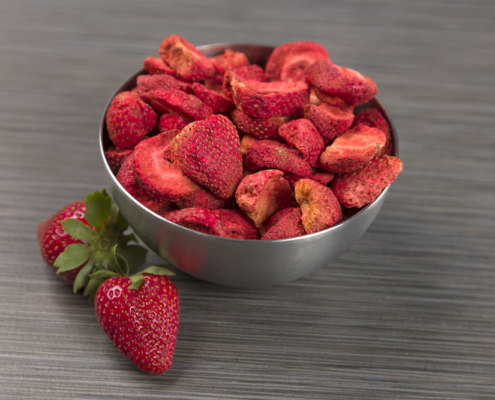


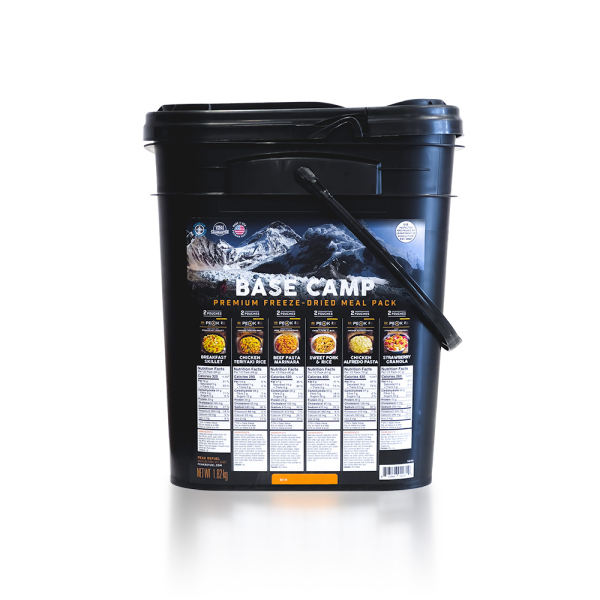

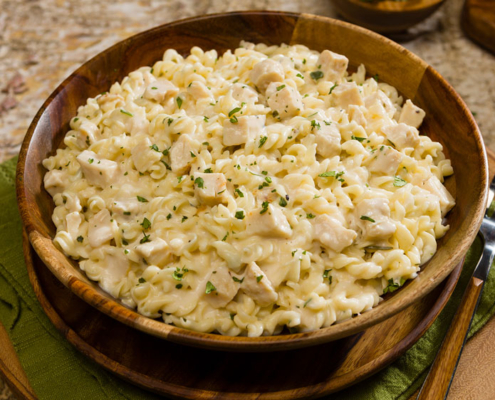
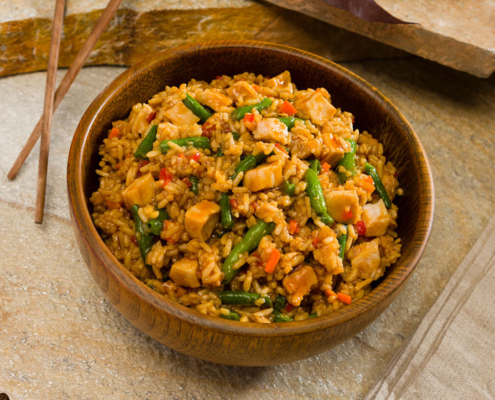
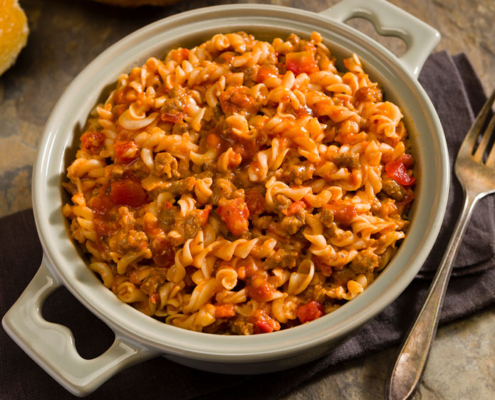




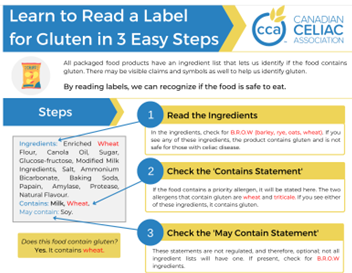
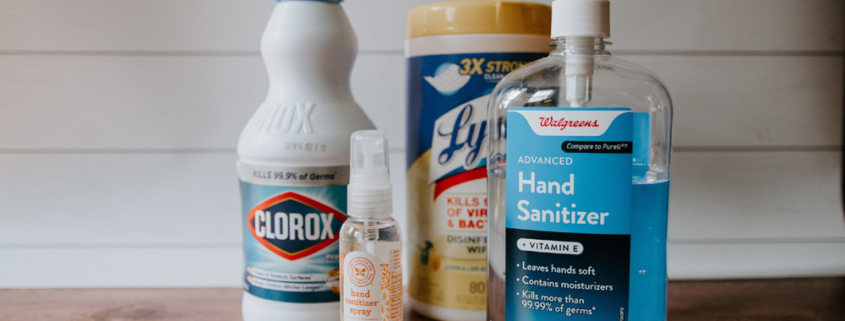
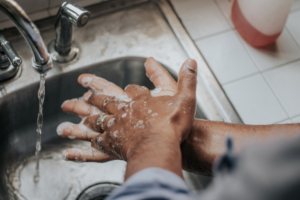 Duration: The recommended handwashing duration is at least 20 seconds. This is crucial for ensuring that you thoroughly clean all parts of your hands. Remember: tops and bottoms and in between!
Duration: The recommended handwashing duration is at least 20 seconds. This is crucial for ensuring that you thoroughly clean all parts of your hands. Remember: tops and bottoms and in between!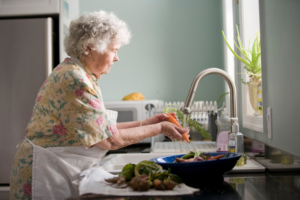



 Once upon an evening, in my cozy home, something extraordinary was about to happen. The sun had set, and it was getting darker by the minute. The lights were out, and I found my family in the middle of a fantastic adventure called “The Great Power Outage Adventure.”
Once upon an evening, in my cozy home, something extraordinary was about to happen. The sun had set, and it was getting darker by the minute. The lights were out, and I found my family in the middle of a fantastic adventure called “The Great Power Outage Adventure.”

